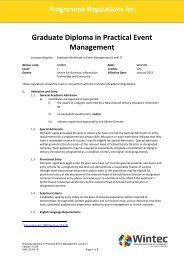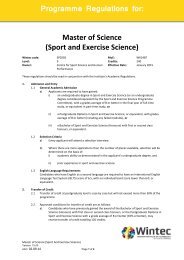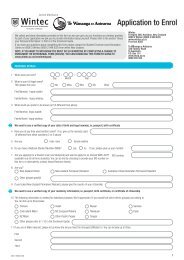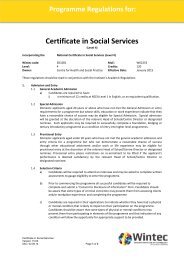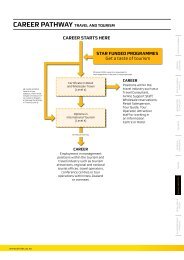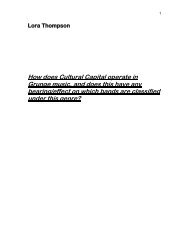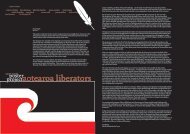Nursing Handover Research Project - Wintec Research Archive
Nursing Handover Research Project - Wintec Research Archive
Nursing Handover Research Project - Wintec Research Archive
Create successful ePaper yourself
Turn your PDF publications into a flip-book with our unique Google optimized e-Paper software.
the value in handover and construct handover as a respected and crucial aspect of nurses’<br />
work.<br />
“Communication is of direct interest to patients and of direct relevance to their care”<br />
(Dodwell, 2008).<br />
The patient is absent from many handover systems. The text constructs the patient as separate<br />
from the process (Caruso, 2007), yet they are the main feature of handover discussion, and in<br />
an era of person centred care, they are noticeably missing. Dodwell (2008) talks of the nurse<br />
as the custodian of the handover message but having no ownership of the message as that<br />
belongs to the patient. Patient and family centred care has gained popularity as a preferable<br />
model of care, as the patient and family are the constant within the hospital experience<br />
(WHO, 2007). Nurses come and go but the patient remains giving them the opportunity to be<br />
in charge of their care.<br />
Bedside handover concept is constructed positively as another way of handing over<br />
information but the central difference is the patient is part of the process so can have input<br />
into their own care (Fenton, 2006; Seddon, 2007). Seddon suggests it is also good time for<br />
nurses to check equipment, medications and invasive adjuncts, for example intravenous lines.<br />
With the strong focus on equipment and technology, this is not the engagement with the<br />
patient that one would expect. Bedside handover was also viewed negatively in relation to<br />
patient privacy issues (Seddon). This could also detract from the importance of nurse to<br />
nurse communication.<br />
“Nurses at handover construct a collaborative narrative about the patients and like all<br />
narratives, this one has heroes and villains. The patients become packaged and stereotyped”<br />
(Parker et al., 1992, p.33).<br />
<strong>Handover</strong> is used to construct the patient in ways that can be negative or positive. Patient<br />
construction has a direct connection with nurse anxiety rather than patient specific judgement<br />
(Evans et al., 2008). Using stereotypes to construct patients in handover positions the patient<br />
as known and eases the nurses’ fear and anxiety (Evans et al.). This construction allows the<br />
nurse to feel comfortable to start the shift armed with a ‘sense of familiarity’ of the ward and<br />
the patients within (Parker et al., 1992). Parker and Wiltshire (2004) coined the term ‘nursing<br />
scan’ or ‘reconnoitre’ to describe the phenomenon of giving the incoming nurses a mental<br />
picture of the ward prior to them commencing their shift. Patient construction within<br />
22



